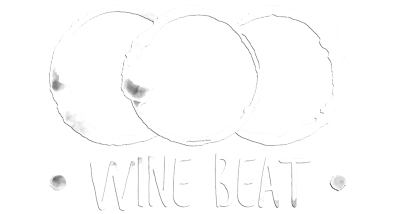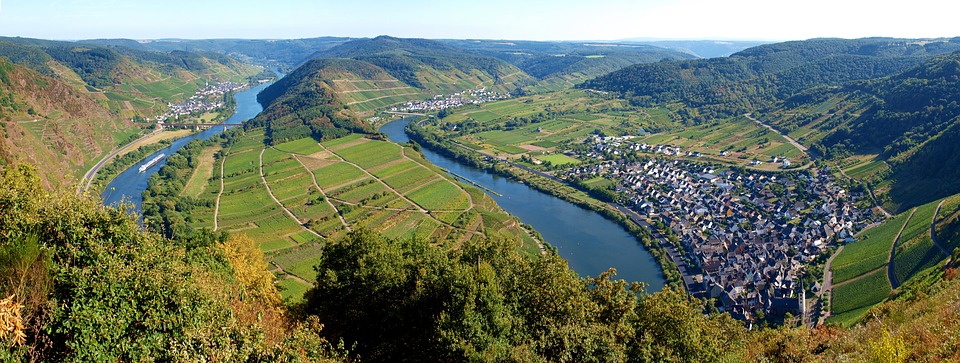
The winding stretch of the Mosel River in Germany called the Mittelmosel is an unlikely wine growing region on first glance. The banks of the river are impossibly steep in many locations. The pronounced snaking turns of the valley mean that many of the embankments are facing the wrong direction to catch sun. And at a latitude of 49 degrees and situated in a cold location far from major bodies of water, the grapes here are notoriously hard to ripen in many vintages. So how did grape growing and winemaking take hold here in the first place? And why would the prospect of such difficult agriculture continue to capture the energy of industrious young people today when they might otherwise commit their passion to business or high-tech or engineering in this powerhouse of a country? I actually don’t know but I am going to hazard a guess. Good old bull-headed, obstinate stubborness.
Apparently the Romans were the first to tame these dizzying riverbanks. With Roman willpower and lots of slave labour the sheer slopes were terraced and turned to agriculture. Viticulture started during Roman times and winemaking became part of the fabric of the place. The wines of the region had a particular attraction due to a magic combination: (1) In better vintages the grapes managed to mature and develop a robust level of sweetness; and (2) When the chill of autumn arrived the fermentations would stall, the sugars would not be completely metabolized and the wine would be left with sweetness from residual sugar. This was the prized attribute of Mosel wines. And this defining character has continued until today. The battle to build sugar in the grapes is so fundamental that the wine quality grading system is essentially based on considerations of residual sugar.
Why Mittelmosel For Wine?
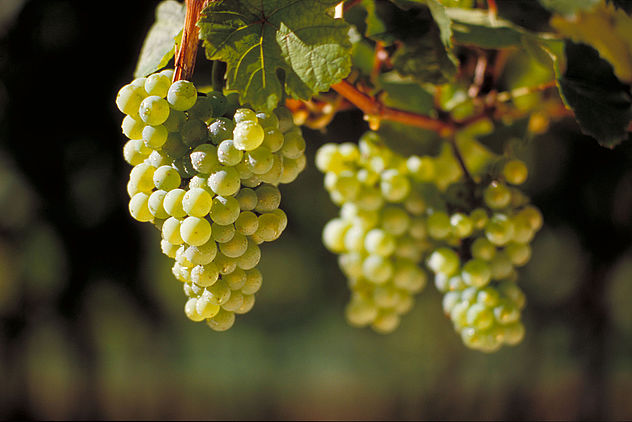
There is more to the story than just residual sugar of course. Riesling lovers believe that it is the most noble of grapes for the energetic dance between sweetness, acidity and bright fruit. The wines of the Mosel have, over the centuries, been calibrated to achieve the best possible balance. Good wines from the region will range along the sweetness continuum but will have a harmonious acid balance to keep the wine from being annoyingly rich. And they will demonstrate fresh fruit flavours. Moreover, the wide range of aspects and soils and gradients of the vineyards along the sinuous riverbanks creates an endless myriad of individual wine expressions for even the most pedantic of wine connoisseurs to explore.
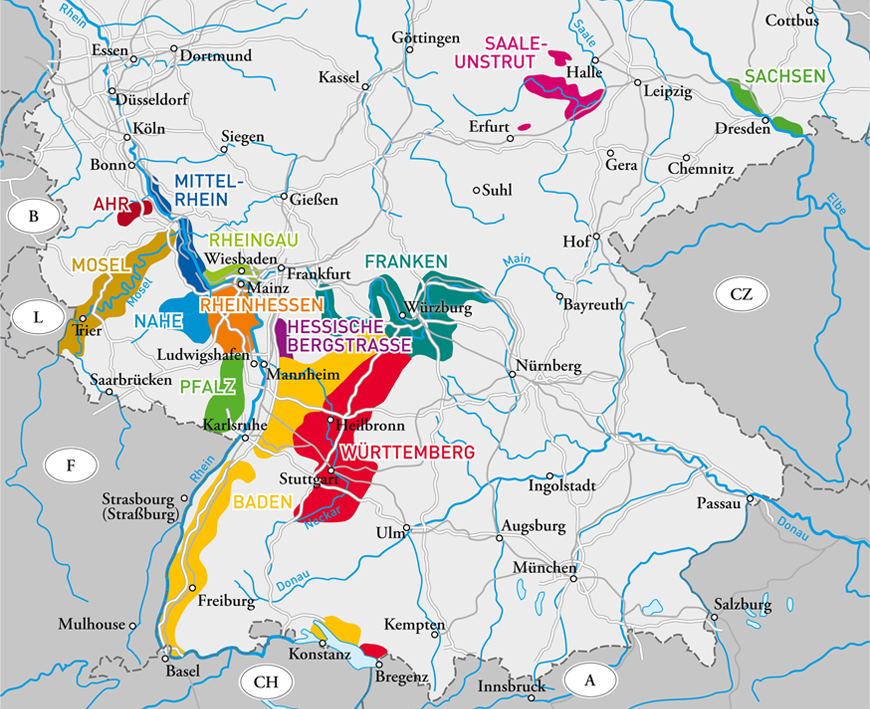
Where Is The Mittelmosel?
This is the heart of the German Mosel region, located in the mid-section between where the river enters Germany from France and where it joins the Rhine. When viewed from 30,000 feet it is perhaps the most distinctive looking portion because it has a ribbon-candy set of folds that are more pronounced than the balance of the river. This part is firmly in Germany. Upstream the Mosel borders Luxembourg. Downstream of Kochem the river straightens out a bit until it reaches Koblenz on the Rhine. Anywhere in between is the most fascinating territory for Riesling.
Who Are The Winemakers?
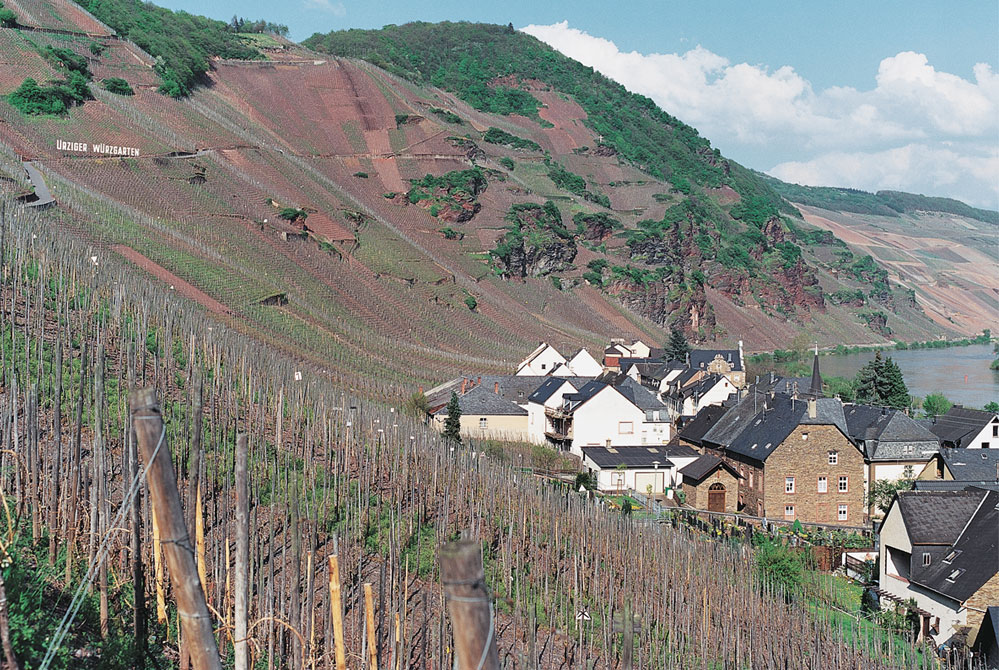
There are literally hundreds of winemakers and there is no practical way to describe a short set of recommended winemakers. The only way to tackle this is to find a trusted wine seller wherever you live and talk to them about your wine tastes – from dry to sweet. You can learn more about the wine classification system on the excellent www.germanwines.de site.
But please keep one thing in mind. The magic of the Mosel and its wines is that grapes are able to mature here partly because of the very steep slopes and the reflection of the sun off the river onto these slopes. This magic comes at a tremendous cost in terms of human labour. The winemakers are struggling to find workers and immigrant labour is vitally important. Viticulture is no easier now than it has been in the past and the wines should be loved all the more for it.
When Is The Best Time To Visit?
The Mosel River has such enchanting beauty that any time of the year is beautiful. Come in December for the Christmas markets, or come in spring for the fresh air and lack of crowds. Maybe best of all, come in the autumn for the blazing fall colours. Remember, the villages and the castles that dot the river banks, the cafes and restaurants and wine bars and wineries will always be open and welcoming.
Useful Links:
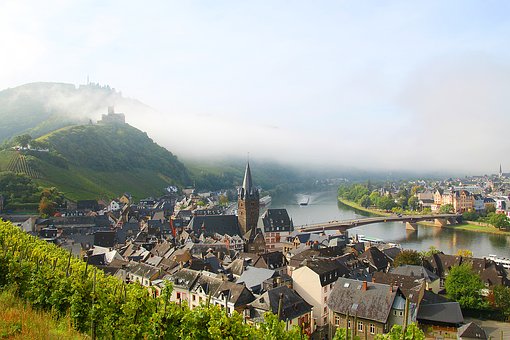
Map and photo credits: www.winesofgermany.co.uk; Dr. Loosen; Pixabay
